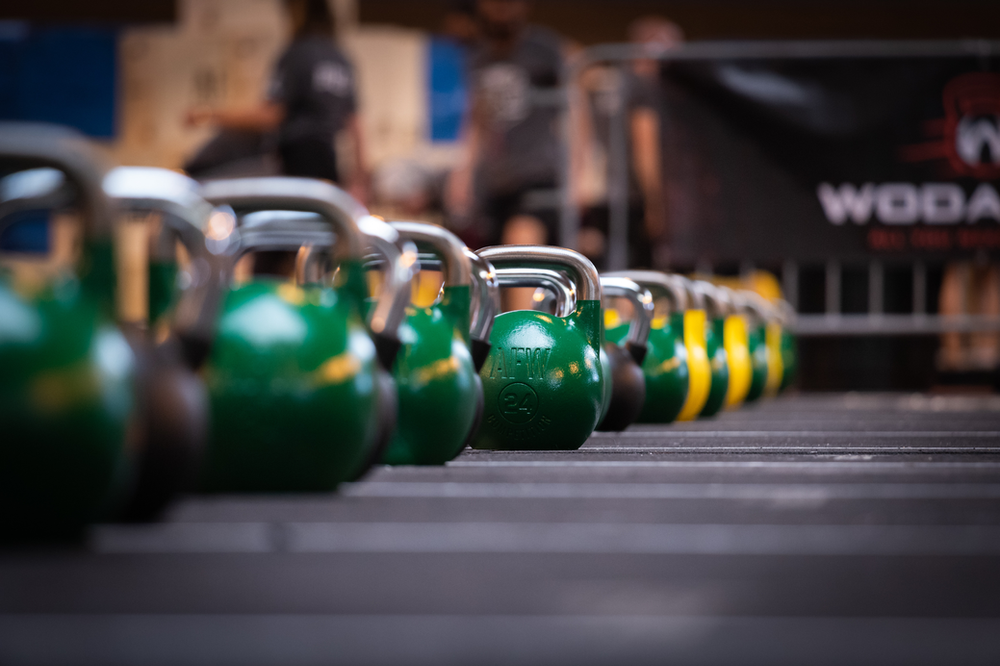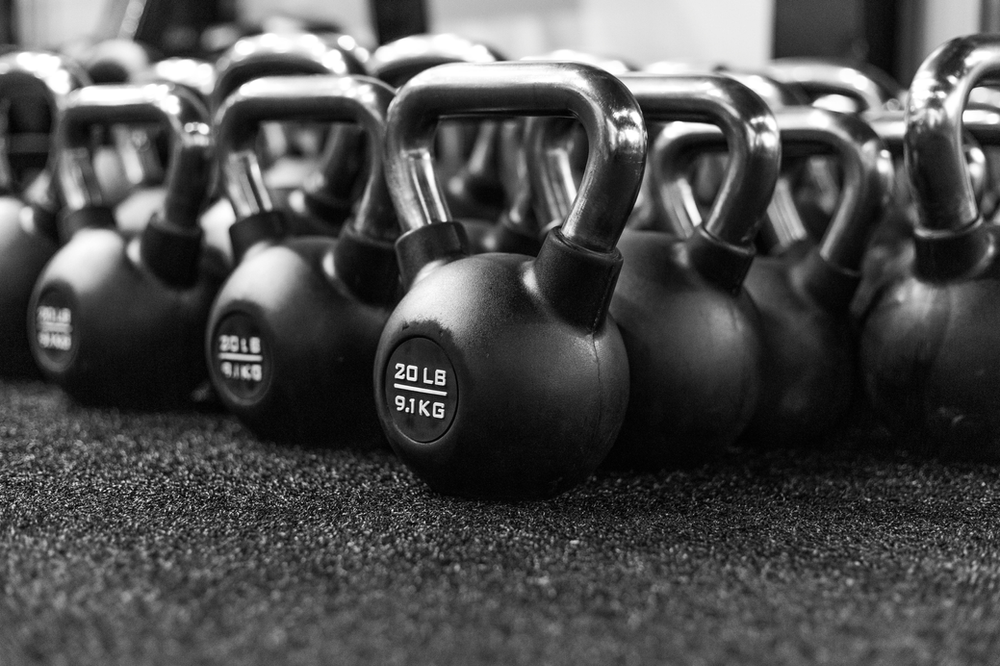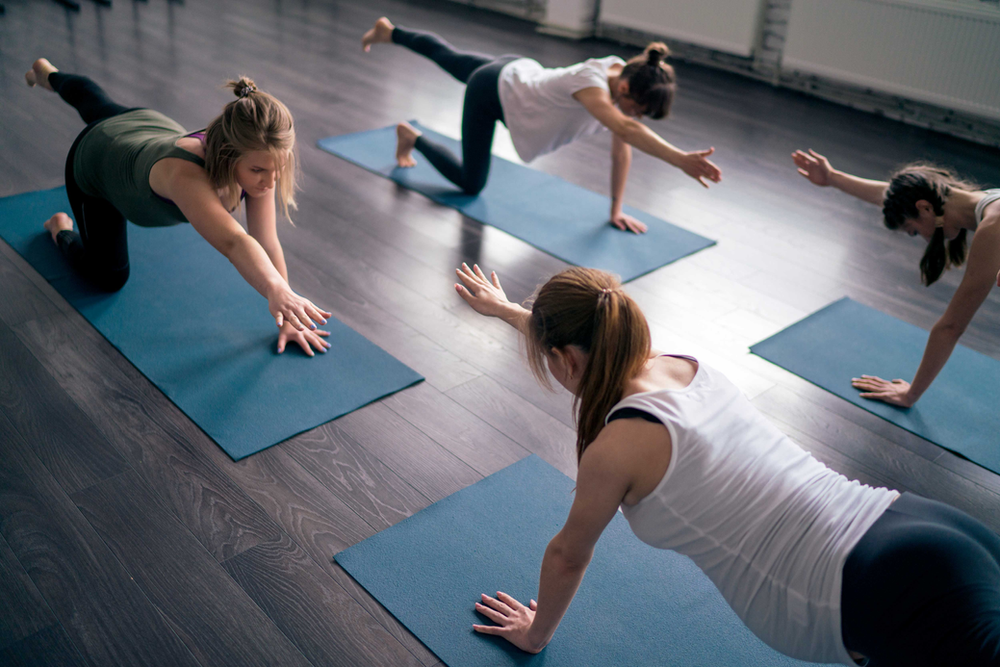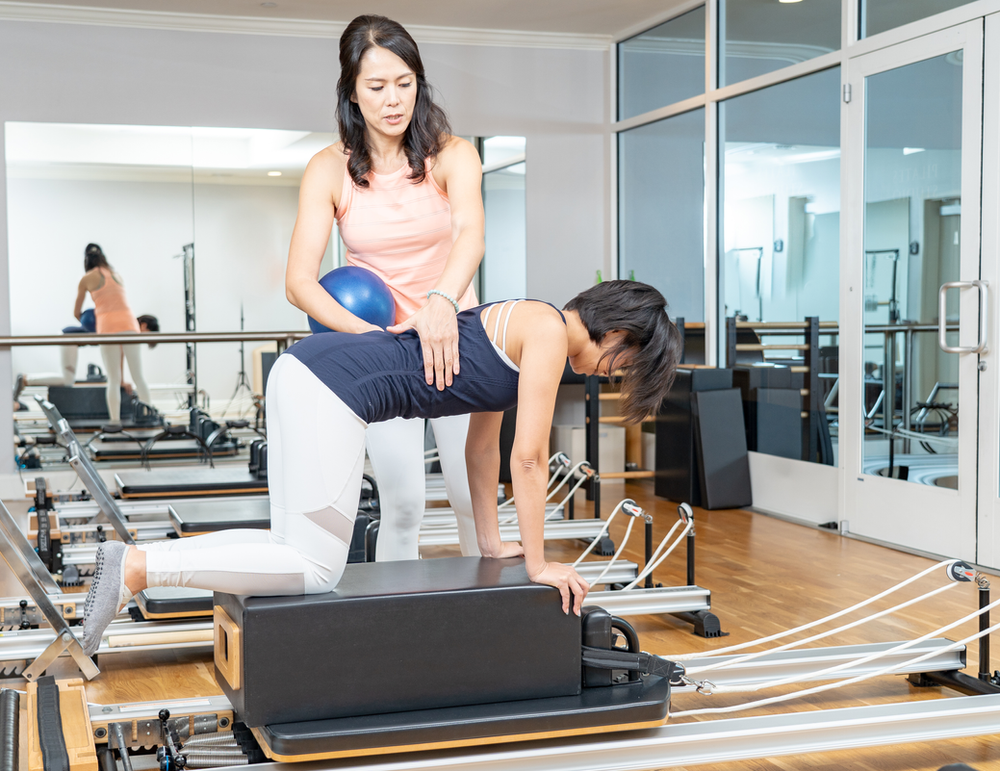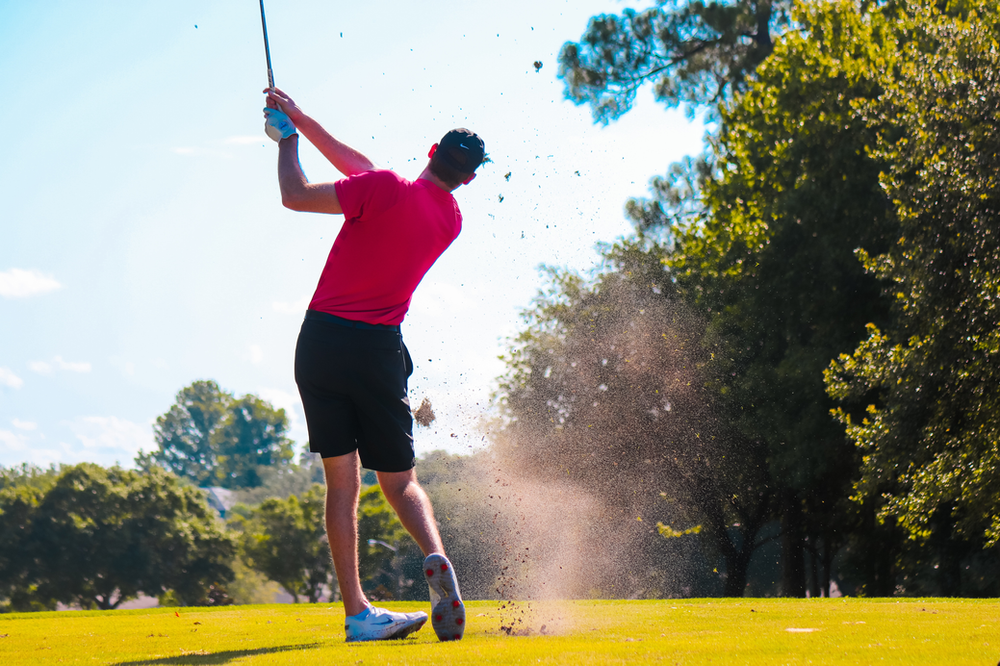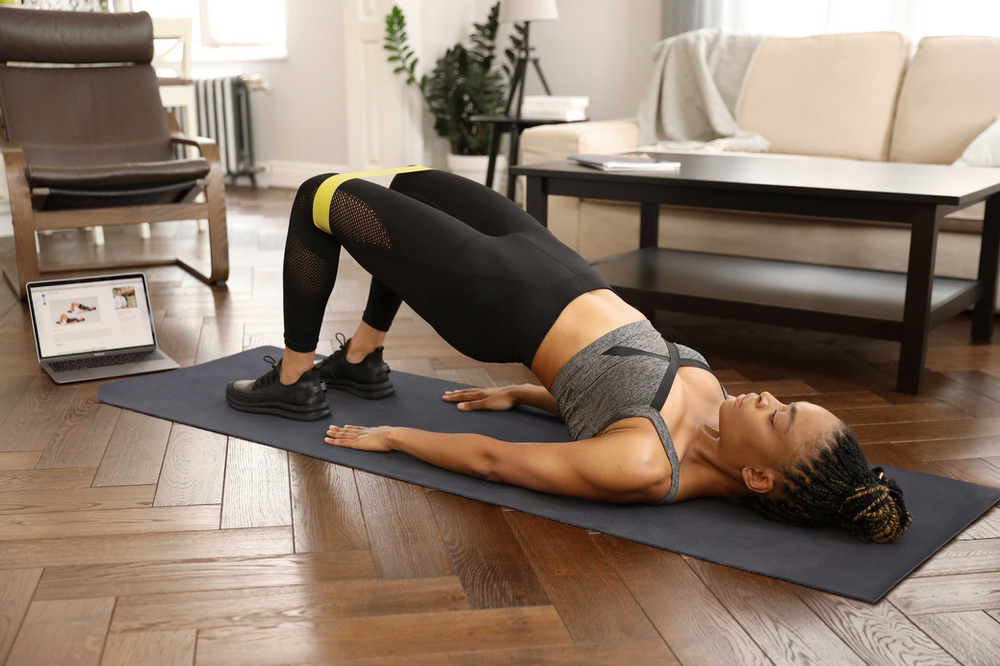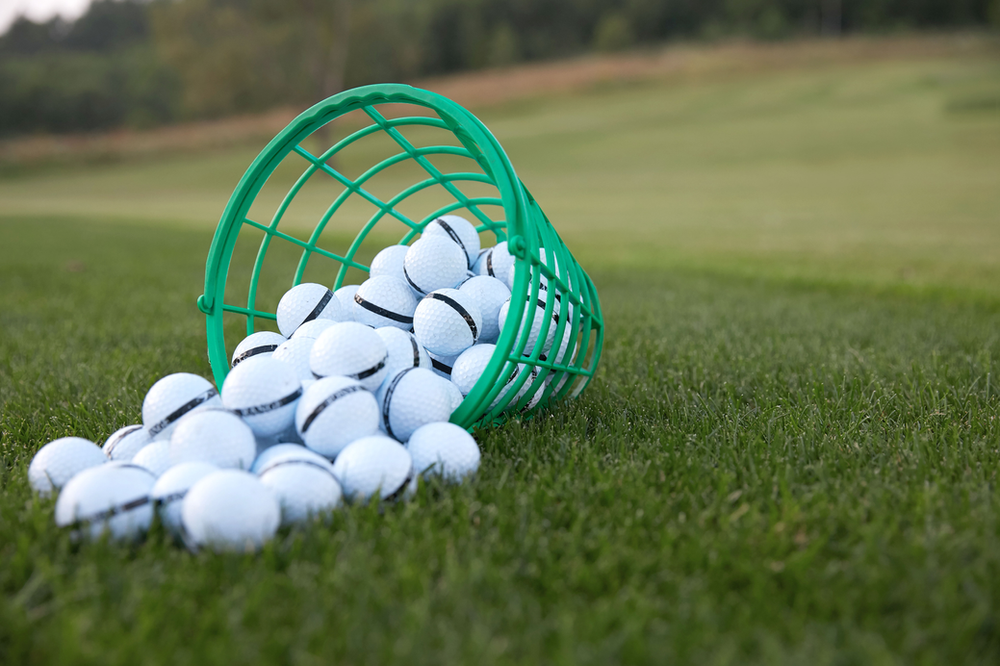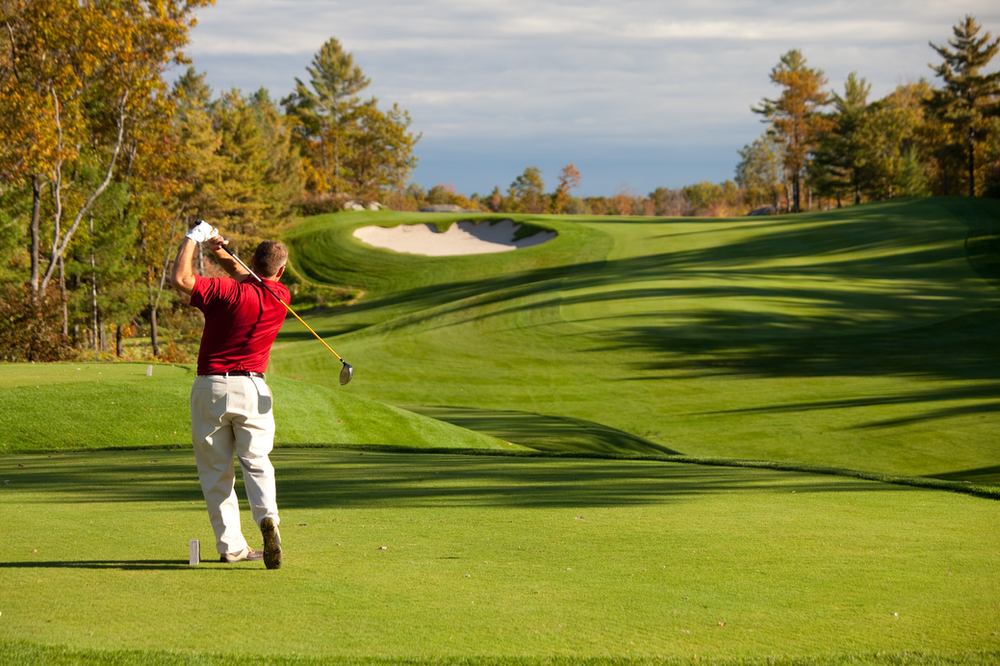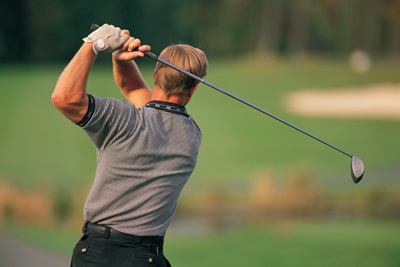Get in touch
(618) 746-9419
AdaptiveFitnessInfo@gmail.com
Are You Overstretching?
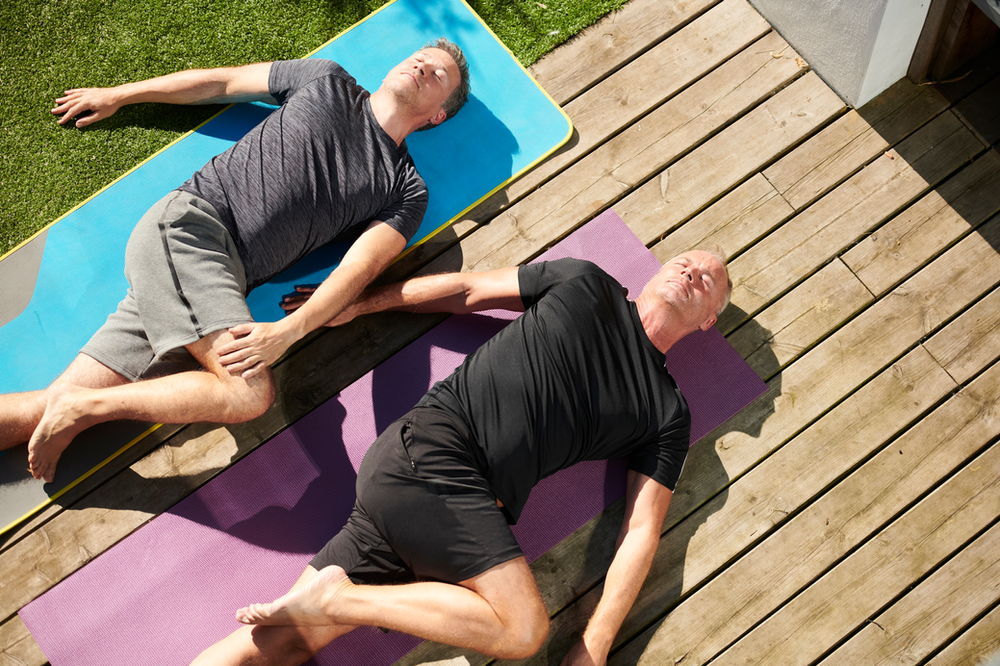
In the fitness world, stretching is often touted as a cure-all for various muscle and joint issues. While it's true that stretching can help improve flexibility, range of motion, and even aid in recovery, there is a fine line between beneficial stretching and overstretching.
Overstretching occurs when you push your muscles beyond their natural limit, either by applying too much force to the stretch, or stretching the same muscle too frequently. This will lead to muscle strains or exacerbation of an existing injury. Which is particularly risky if you're already dealing with an existing injury or muscle imbalances affecting your joint/muscle function. If you find yourself having to constantly stretch or foam roll the same muscles, chances are you are overstretching, or dealing with a muscle imbalance resulting in the muscle tightness. If this is the case all the stretching in the world will not help and you should seek consultation with a Physical Therapy professional.
Muscles have a defensive guarding mechanism that comes into play when they lose the ability to control force, causing the muscle to reflexively tighten. This happens due to muscle damage from strains/sprains, or decreased strength resulting in diminished work capacity of the muscle. As the muscle shortens, it increases tension, allowing the system to maintain some degree of function while it repairs. The resulting inflammation and stiffness will cause discomfort and altered function of the joints connected to the muscle. Logic would dictate that if we restore normal movement and length through stretching, it will alleviate the discomfort. However, the problem with this logic is that by resetting the length of the shortened muscle, we inadvertently open the body up to further injury by straining or spraining the muscle tissue or possible joint injuries from lack of natural stability.
While stretching can be a valuable tool in improving flexibility and function, it is essential to approach it with mindfulness and caution, particularly when dealing with existing injuries or muscle imbalances. Recognizing the body's natural protective mechanisms and understanding when to employ proper stretching techniques or focus on stability exercises is not only more beneficial but will also boost your ability to recover and return to activities. Don't stretch for the sake of stretching; understand how your body is responding to the exercises or daily activities you perform.
If you have questions or would like a free consultation to discuss improving your overall health, don't hesitate to reach out at (618) 746-9419 or schedule your free consultation at www.adaptivefitnesspt.com/services. I offer an approach to health and wellness which combines nearly a decade of clinical experience, anatomical/physiological knowledge and biomechanics, blended with modern fitness principles. Ensure your fitness journey is not only effective, but also safe and sustainable. Kick aches and pain to the curb permanently and live a healthier life!
#backpain #fitness #fitnesstrainer #movementismedicine #wellness #discover #healthandwellness #healthtips #backfit #backpainexercises #bettermotion #golffitness #golf #sportperformance #workout #fitfam #fitnessmotivation #strenght #lowerbackpain #Lifestyle #health
Navigation
Contact Info
AdaptiveFitnessInfo@gmail.com
(618)746-9419
All Rights Reserved | Adaptive Fitness Golf Performance
Website By: New-Tie Marketing
